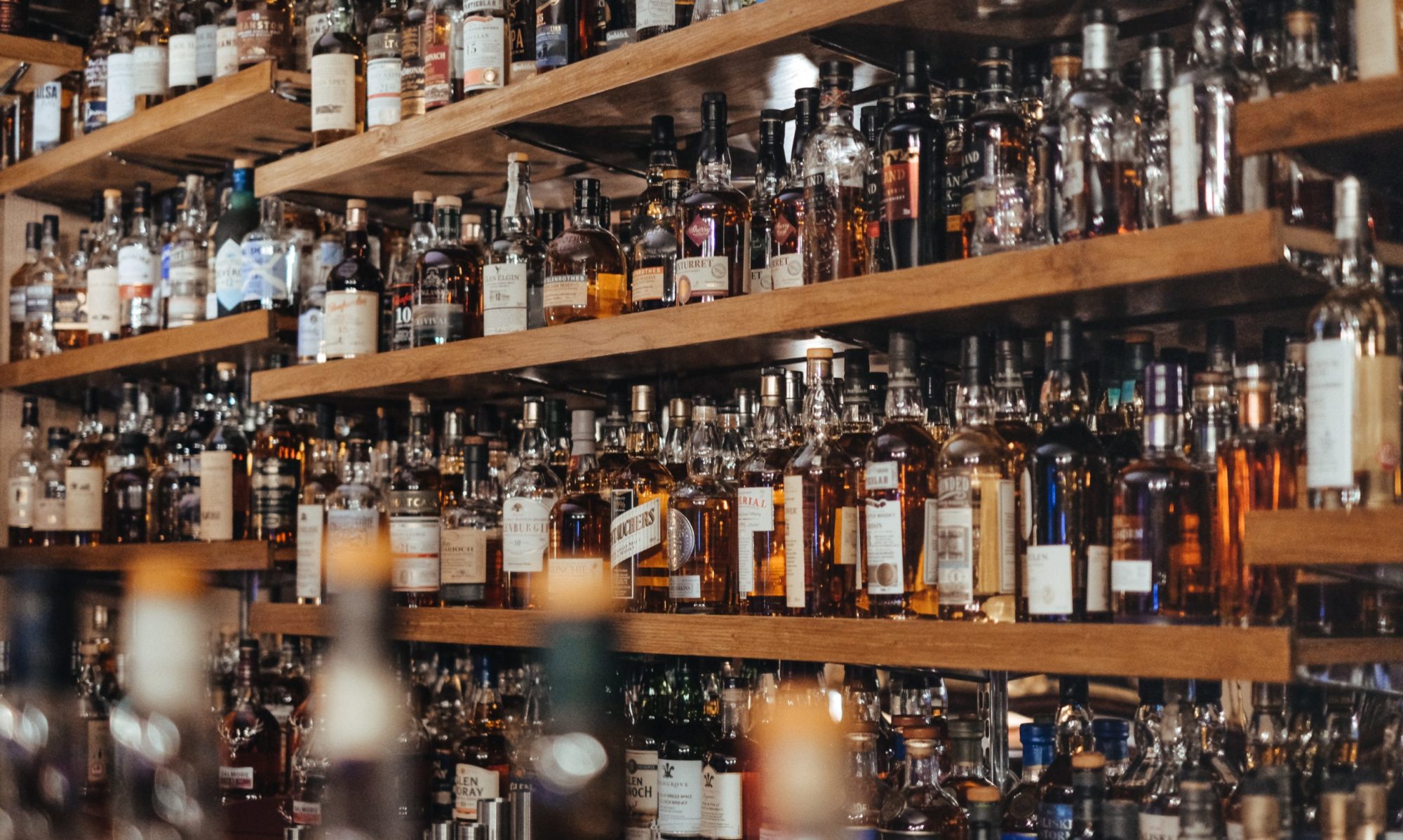Scotch whisky, often revered as the “water of life,” stands as a symbol of Scotland’s rich cultural heritage and centuries-old tradition of craftsmanship. Renowned for its diverse range of flavors and styles, Scotch whisky captures the essence of the Scottish landscape, from the rugged Highlands to the serene Lowlands. However, beneath its timeless allure lies a meticulously regulated industry governed by strict standards and traditions. Join us as we embark on a journey through the heartland of Scotch whisky production, delving into its various types and the regulatory framework that shapes its identity.
Single Malt Scotch Whisky
Single malt Scotch whisky represents the pinnacle of Scotland’s whisky tradition, embodying the artistry and skill of its distillers. To be classified as single malt, a whisky must be made from 100% malted barley and distilled at a single distillery. The use of traditional copper pot stills and oak barrels for aging imparts a depth of flavor and complexity that sets single malt Scotch whisky apart.
The Scotch Whisky Association (SWA), the industry’s governing body, enforces strict regulations to protect the integrity of single malt Scotch whisky. These regulations dictate the production process, aging requirements, and labeling standards, ensuring that every bottle meets the highest standards of quality and authenticity.
[Reference: Scotch Whisky Association (SWA), “Scotch Whisky Regulations.”]
Blended Scotch Whisky
Blended Scotch whisky, while less romanticized than its single malt counterpart, remains the cornerstone of the Scotch whisky industry. Blending allows distillers to create complex and balanced expressions by combining spirits from multiple distilleries. The art of blending requires a keen palate and a deep understanding of flavor profiles, with master blenders meticulously selecting and marrying different aged whiskies to achieve the desired taste.
Blended Scotch whisky must adhere to the same rigorous standards and regulations as single malt whisky, ensuring consistency and quality across the board. The result is a versatile and approachable spirit that appeals to a wide range of palates, from the novice drinker to the seasoned connoisseur.
[Reference: “The Art of Blending: The Secrets Behind Blended Scotch Whisky” by Gavin D. Smith]
Crafting Quality: Regulations and Standards
Behind the allure of Scotch whisky lies a robust regulatory framework designed to safeguard its reputation and authenticity. The Scotch Whisky Regulations of 2009 outline strict guidelines for production, aging, and labeling, ensuring that only genuine Scotch whisky bears the coveted title. These regulations govern every aspect of the production process, from the sourcing of raw materials to the final bottling and labeling.
In addition to legal regulations, Scotch whisky is steeped in centuries-old traditions and customs that contribute to its unique character and flavor profile. From the peat-rich soils of Islay to the pristine waters of Speyside, each region imparts its own distinct influence on the final product, resulting in a diverse array of flavors and styles.
In conclusion, Scotch whisky represents the epitome of craftsmanship and tradition, capturing the essence of Scotland’s rich cultural heritage. By adhering to stringent regulations and time-honored practices, distillers ensure that every bottle of Scotch whisky tells a story of quality, integrity, and excellence.
[Reference: Scotch Whisky Association (SWA), “The Scotch Whisky Regulations 2009.”]

